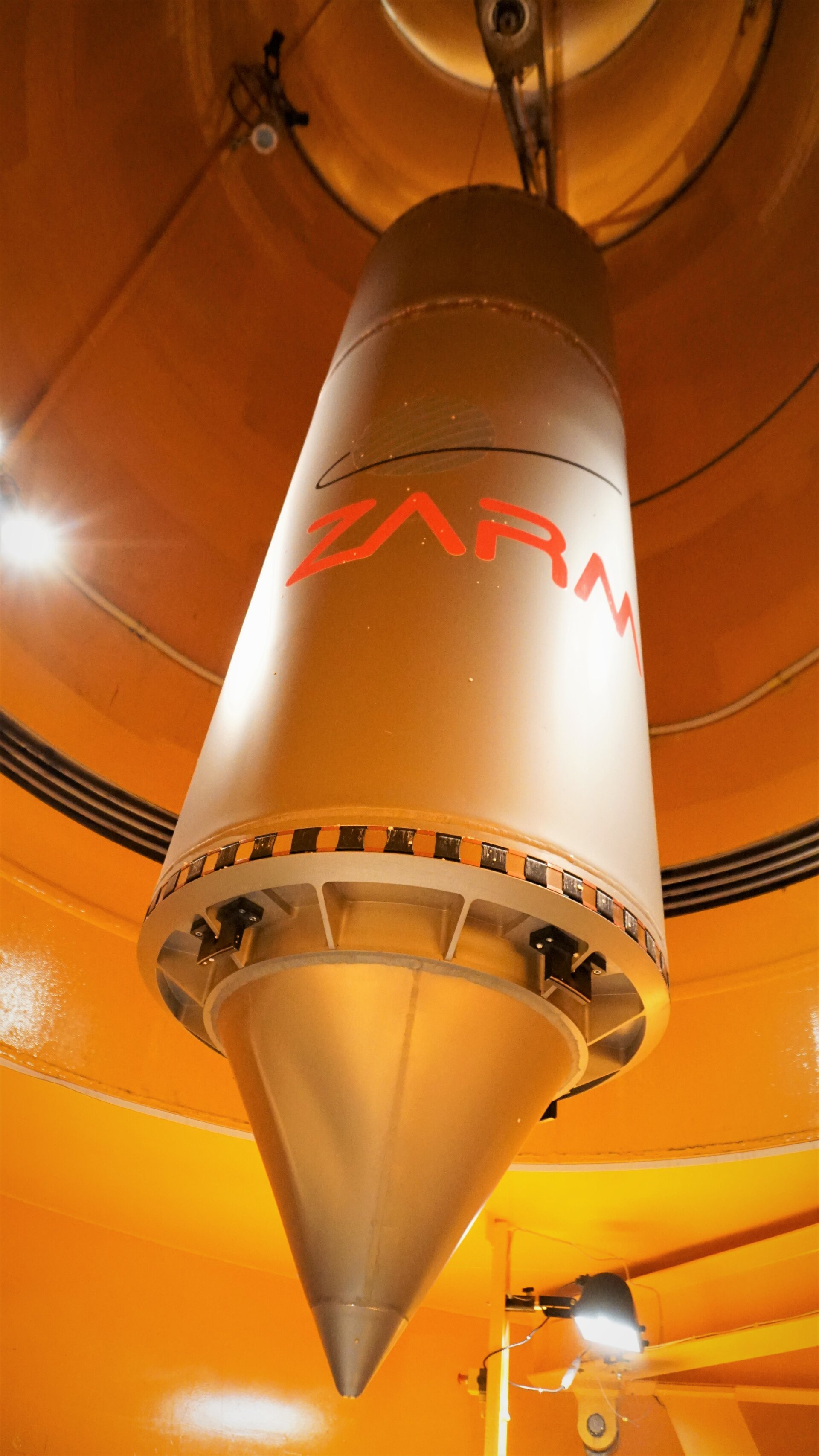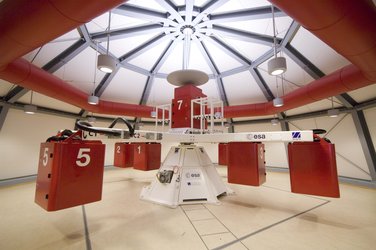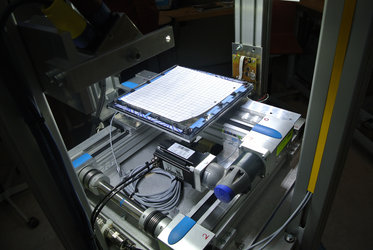Drop Your Thesis!
In brief
This programme has been consolidated with the other “Your Thesis!” and the PETRI programmes into the ESA Academy experiment programme to adapt the approach of ESA Academy to the increased demand in trainings and practical opportunities in space education. If you are interested in opportunities as described below, please visit the ESA Academy Experiments programme webpage or the current opportunities webpage of ESA Academy.
In-depth
Gravity plays a critical role in many natural phenomena and technological processes ranging from human development, biological and chemical reactions to mechanical aspects, such as the deployment of antennas on spacecraft. Microgravity research can lead to an increased insight in many natural phenomena and contribute to a plethora of technological improvements.
The Drop Your Thesis! (DYT) programme provides university students at bachelor’s, master’s, or PhD level, the opportunity to perform scientific or technological research in microgravity conditions. Student teams selected to participate in the DYT campaign are provided the opportunity to perform 5 tests in the ZARM Drop Tower.
Participating student teams integrate their experiment into a capsule, and it is released from a height of 120 meters in a near vacuum. The near vacuum environment allows for microgravity levels experienced by an experiment to be as low as 10-6 g, the same order of magnitude as experiments performed on the International Space Station. There is a relatively fast turnaround time between experiment launches, allowing for multiple experiment runs during the campaign. Multiple experiments increases the statistical significance of the experiments results but also allows student teams to troubleshoot any anomalies that may arise.
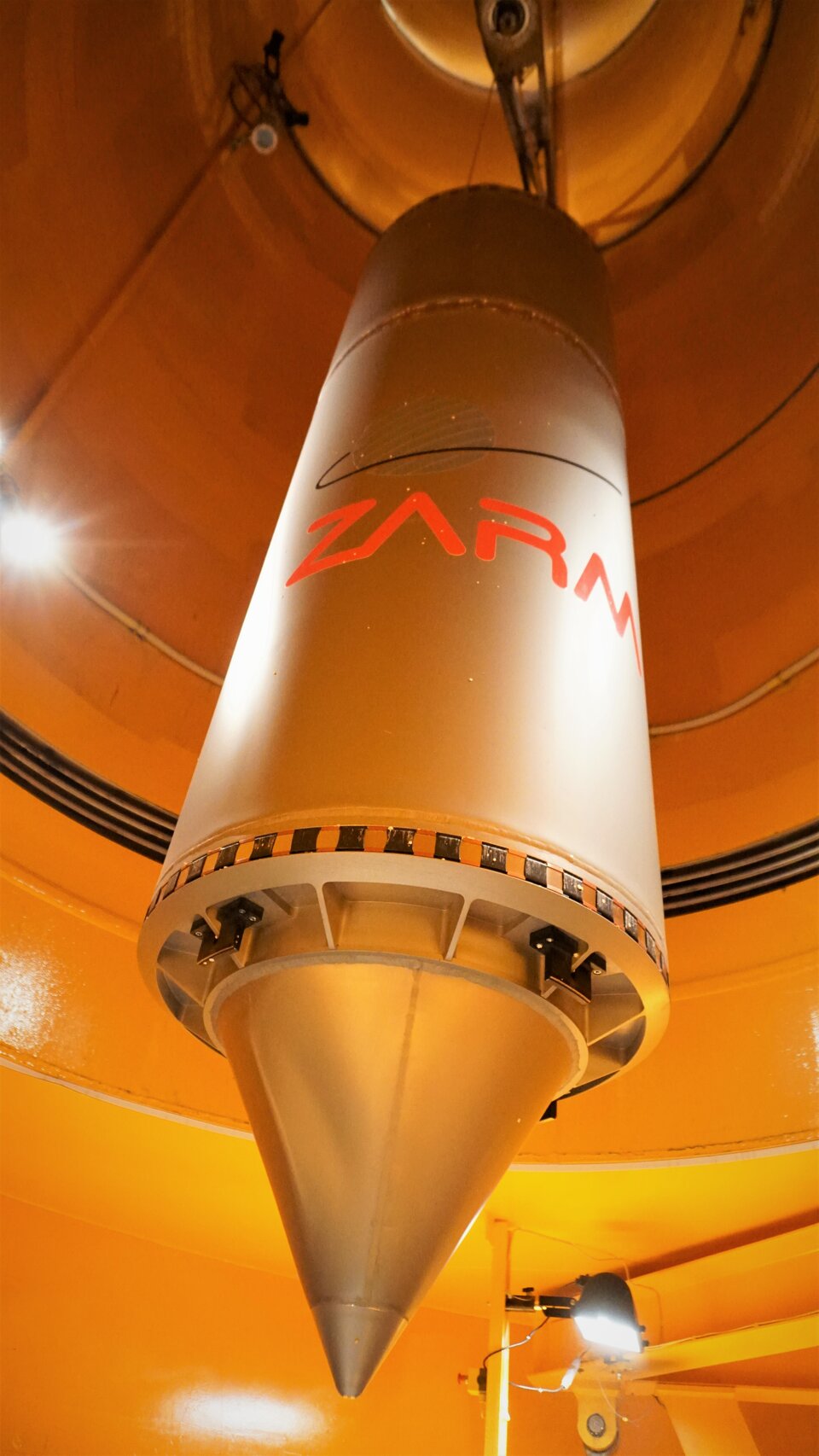
As of 2007, a catapult launch mode was integrated into the ZARM Drop Tower. Using this mode, the experiment capsule is launched upward from the bottom of the tower. The experiment capsule is accelerated upwards at an average of 18g with a peak value at 30g. Using the catapult puts the experiment capsule into a parabolic flight extending the duration of microgravity to 9.3 seconds. This setup, doubles the allowable duration, and increases the range of possible performed in the Drop Tower. At the end of any drop, the capsule is decelerated at an average of 25 g with a peak that can reach 50 g.
In addition to the Drop tower teams may have access to the Gravitower. The Gravitower uses an active system that does not require the experimental pod to be reset between drops providing teams the opportunity to perform numerous sequential drops. The Gravitower is also capable of performing a controlled drop allowing teams to select the specific level of gravity they wish their experiment to experience, ranging from 10-6g to just under 1g. Participating teams who wish to use the Gravitower may exchange one of their five drop tower tests for four hours of Gravitower time. The Gravitower is a new addition to the DYT programme and may be unavailable. Applying teams should develop a contingency plan should access to the Gravitower be limited.
Student teams that have participated in previous DYT campaigns have presented their results: in theses, at international conferences and published papers in renowned scientific journals.
With the Drop Your Thesis! programme, ESA provides university students with the chance to perform experimental research in facilities not commonly accessible to students. The programme usually opens a call for proposals once a year. Students teams, typically two to four core members, work with their endorsing professors to submit their proposals for experiments in the ZARM Drop Tower.
The experiment proposals may cover various disciplines which will be selected based on scientific and technological merit by a team of scientists and experts in that field. While not required teams are encouraged to discuss how their experiment aligns with the United Nations Sustainable Development Goals (SDGs) and the ESA Strategic Goals.
Up to two teams will be selected and asked to develop their experiment within 8 months of being selected. When their experiment is ready, they will be granted access to the ZARM Drop Tower for two weeks resulting in 5 experiment opportunities. After the campaign, the experiment results are analysed and documented before the close out of the campaign. Teams are encouraged to pursue publishing their results as a thesis, journal article, or conference proceeding. The timeline for the 2022 DYT programme can be found here.
Further information about this programme can be found at the very bottom of the Drop Your Thesis! page.

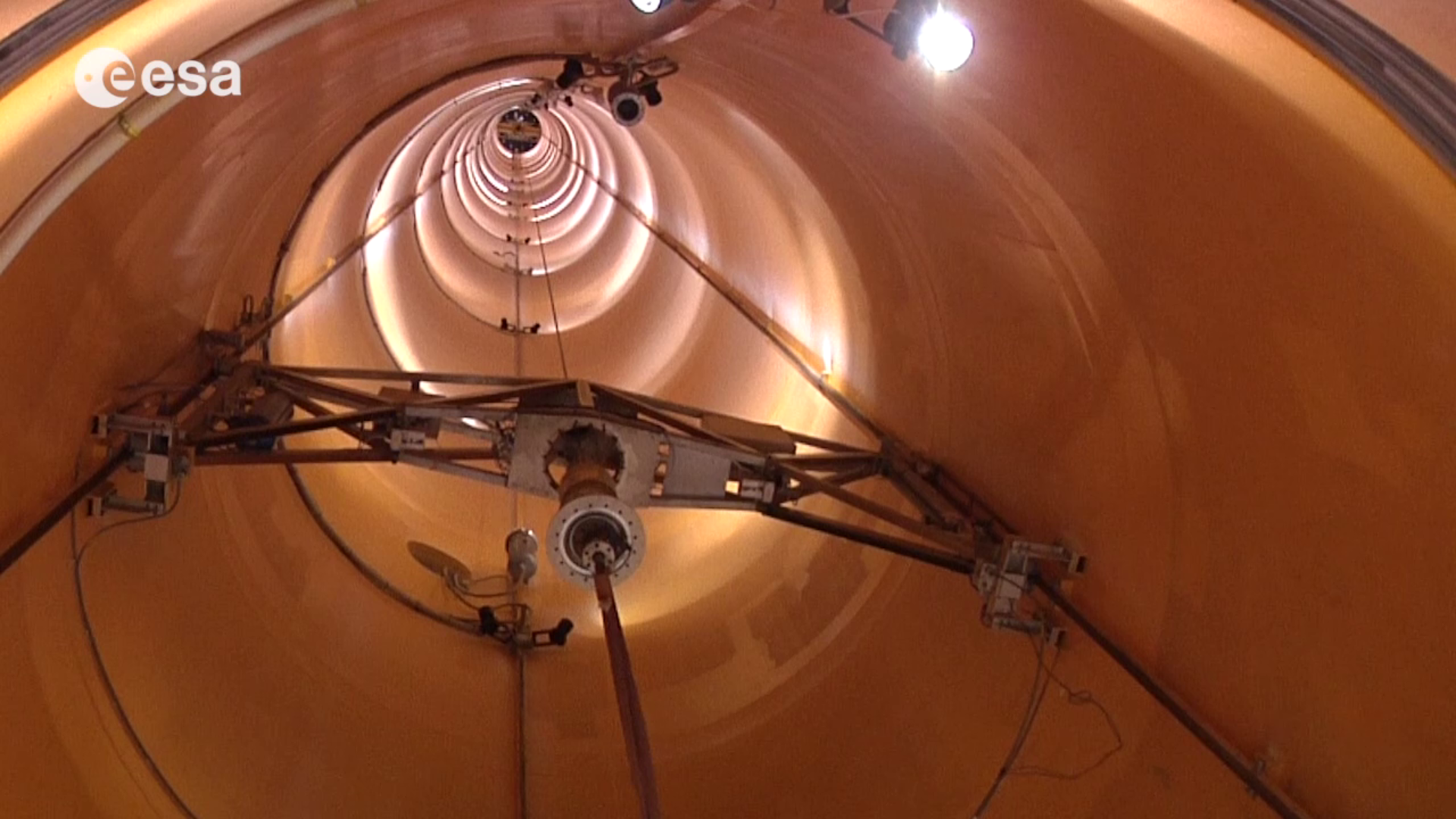
Access the video


